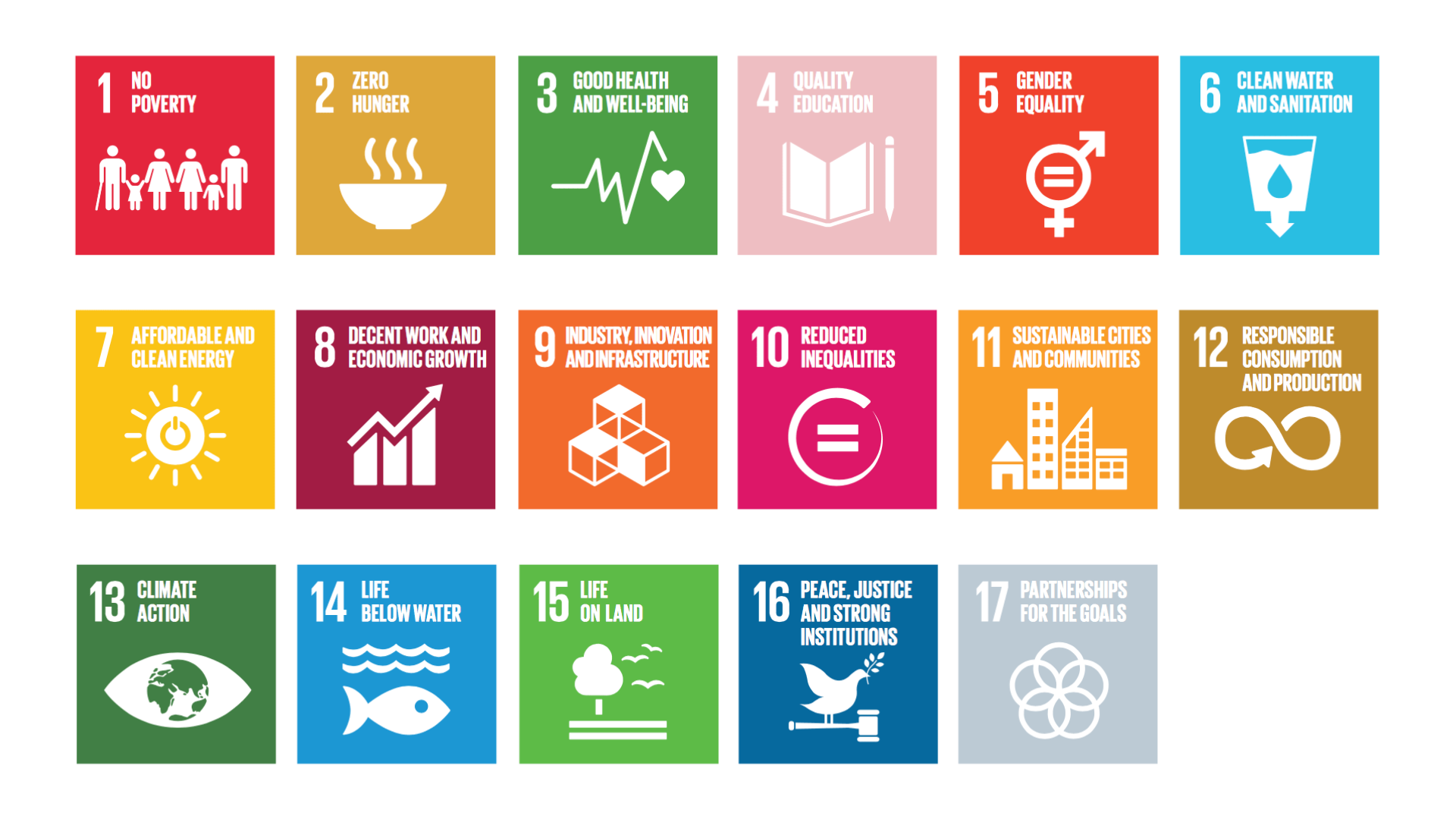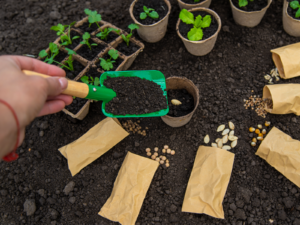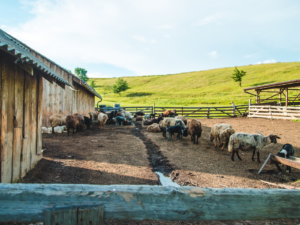Circular Economy and Sustainable Development Goals (SDGs) are two trending buzz terms you likely come across in your work without realizing the full extent of their benefits and interconnectedness. Let’s define them and explore how the circular economy can, directly and indirectly, support 15 of the 17 SDGs.
Understanding the SDGs
If you’re familiar with the United Nations Sustainable Development Goals (SDGs), you’d know they provide a powerful aspiration for improving our world. They create a ‘shared blueprint for peace and prosperity for people and the planet, now and into the future’. It is an urgent call to action for all countries to act in a solid global partnership.
The 17 goals aim to end poverty and deprivation, through ‘strategies that improve health and education, reduce inequality, and spur economic growth – all while tackling climate change and working to preserve our oceans and forests.’

Circular Economy: An Economic Model of Production & Consumption
On the other hand, the circular economy is an economic model of production and consumption, which involves using resources efficiently and prioritizing renewable inputs, maximizing a product’s usage and lifetime to extract the maximum value, and recovering and reusing by-products and waste to make new materials or products.
In practice, it implies reducing waste to a minimum. It essentially represents a departure from the traditional, linear economic model based on a take-make-dispose pattern.
How are these two linked and how can a circular economy support the SDGs?
A solution for climate change, biodiversity loss, waste, and pollution
Starting with the obvious, the circular economy aims to reduce carbon emissions, minimize extraction of raw natural resources and lessen our ecological footprint by designing products and systems that encourage and facilitate circular behaviors such as sharing, reusing, and recycling products and their components.
By reducing production, consumption, and waste, and by encouraging community cooperation the circular economy supports Sustainable Cities and Communities (Goal 11), Responsible Production and Consumption (Goal 12), Climate Action (Goal 13), Life Below Water (Goal 14) and Life On Land (Goal 15).
A shift towards safe and sustainable materials
Another key focus of the circular economy is the shift towards safe and sustainable resources.
‘Safe’ means not exposing living beings to danger and ‘sustainable’ means using resources that can be regenerated throughout the lifetime of the product.
Those safe and sustainable resources contribute to Good Health and Wellbeing (Goal 3), Clean Water and Sanitation (Goal 6), and Clean and Affordable Energy (Goal 7).
Meaningful jobs that machines can’t do
With the circular economy comes the need to create new systems, services, and materials that will lead the transition to circular living. Creating and operating these will require skills and jobs that are hard to undergo automation.
For instance, to extend the lifetime of products and materials, we need people who can service and repair, refurbish and remanufacture, and recover and recycle everything at the end of use.
To develop safe and sustainable materials we will need innovators and scientists to find ways to turn waste and abundant natural resources into new materials.
Circular designers and systems thinkers also have a role to play in designing and developing circular business models, products, and commercial structures. In collaboration with UX designers and behavioral scientists, they design convenient and easy-to-use services and products for our customers.
So you can see how the circular economy creates new, meaningful jobs that support Decent Work and Economic Growth (Goal 8) and Industry, Innovation, and Infrastructure (Goal 9).
A model that can also improve social equality and harmony
The circular economy is not only about better production and material management. New circular initiatives are appearing worldwide that are bettering livelihoods, spurring economic benefits, and creating decent jobs. For example, in emerging countries (such as ours), we are observing an increasing number of non-profit projects and businesses collaborating with waste picker communities to create better work opportunities.
Whilst more equality—between genders or between and within social groups and communities— is not an automatic outcome of circular initiatives, the systematic inclusion of a gender and integrationist lens in circular development programs could empower and ensure a just transition.
With such careful considerations, we can level up goals for society, such as aiming for No Poverty (Goal 1), Zero Hunger (Goal 2), and Reduced (gender) Inequalities (Goals 5 & 10).
Final stretch
Reducing our footprint on land and water and our consumption of natural resources can lessen geopolitical friction, which indirectly supports one additional SDG: Peace, Justice, and Strong Institutions (Goal 16).
Supporting 15 out of 17 SDGs
While circularity has a clear link with environmental or economic SDGs —its connection to others also hints at its enormous potential: when applied holistically, a global circular economy can drive the achievement of the SDGs. This only emphasizes the need to foster greater awareness and skills and knowledge development for the lesser-known social dimensions of the circular economy.










